Neuroscience
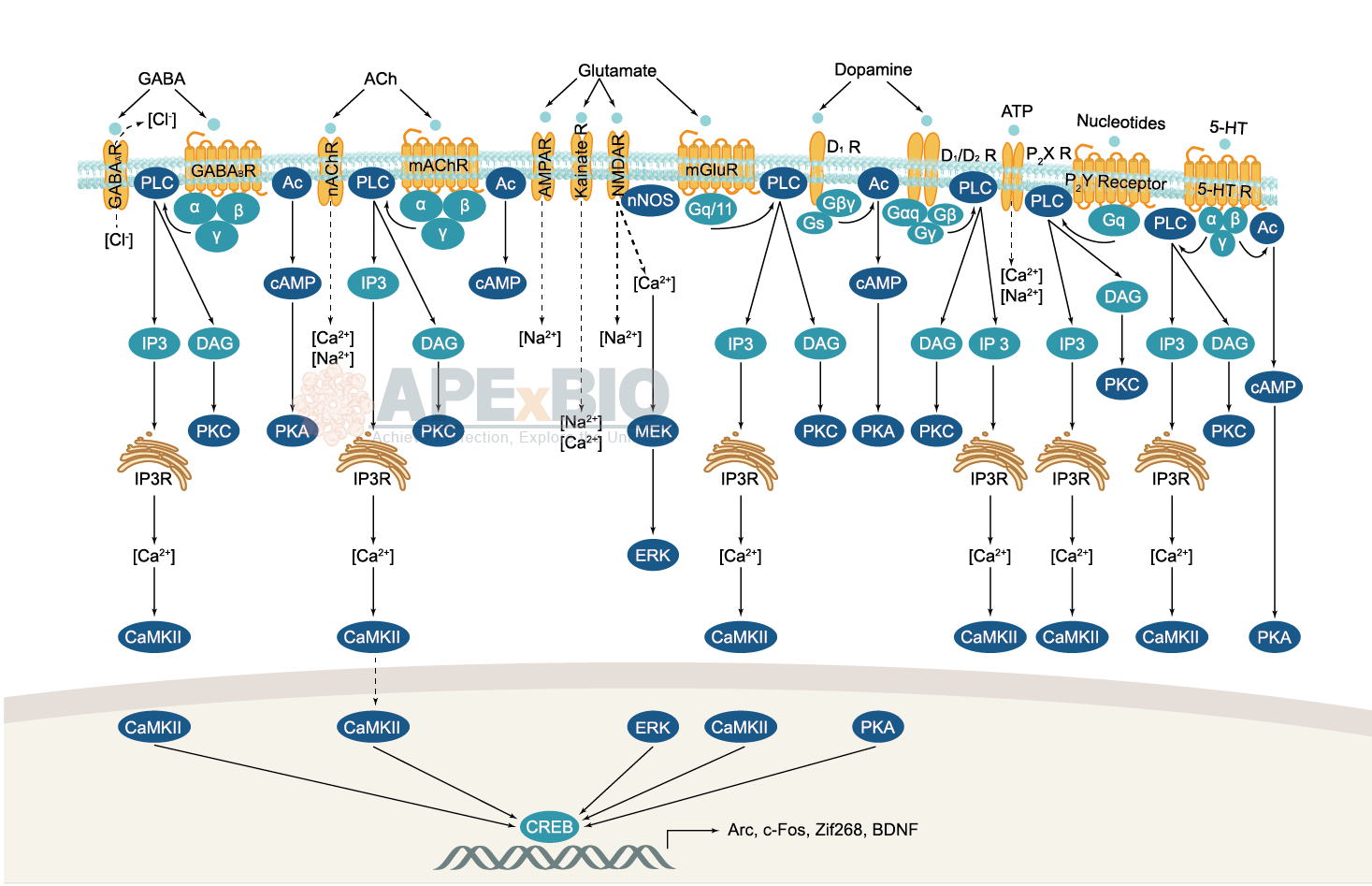
Neurotransmitter receptors function via various G-protein coupled and G-protein independent mechanisms that activate downstream intracellular signaling pathways such as cAMP/PKA, PI3K/AKT, phospholipase A2, and phospholipase C pathways. For instance, dopamine receptors act through adenylate cyclase to activate PKA and other signaling molecules, thereby mediate gene expression through the actions of CREB and other transcription factors. Other neurotransmitters such as NMDAR or AMPAR are associated with ion channels that control flux of Ca2+ and Na+, thus propagating the action potential across the post-synaptic neuron.
Dysfunctions in GABAergic/glutamatergic/serotonergic/dopaminergic pathways result in a broad range of neurological disorders such as chronic pain, neurodegenerative diseases, and insomnia, as well as mental disorders including schizophrenia, bipolar disorder, depression, and addiction.
-
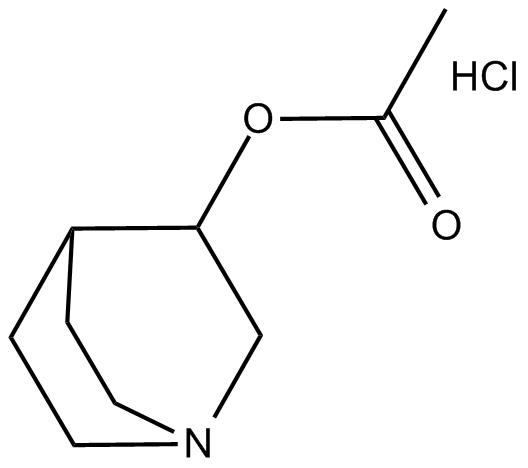 C4635 Aceclidine (hydrochloride)Summary: agonist of muscarinic receptors
C4635 Aceclidine (hydrochloride)Summary: agonist of muscarinic receptors -
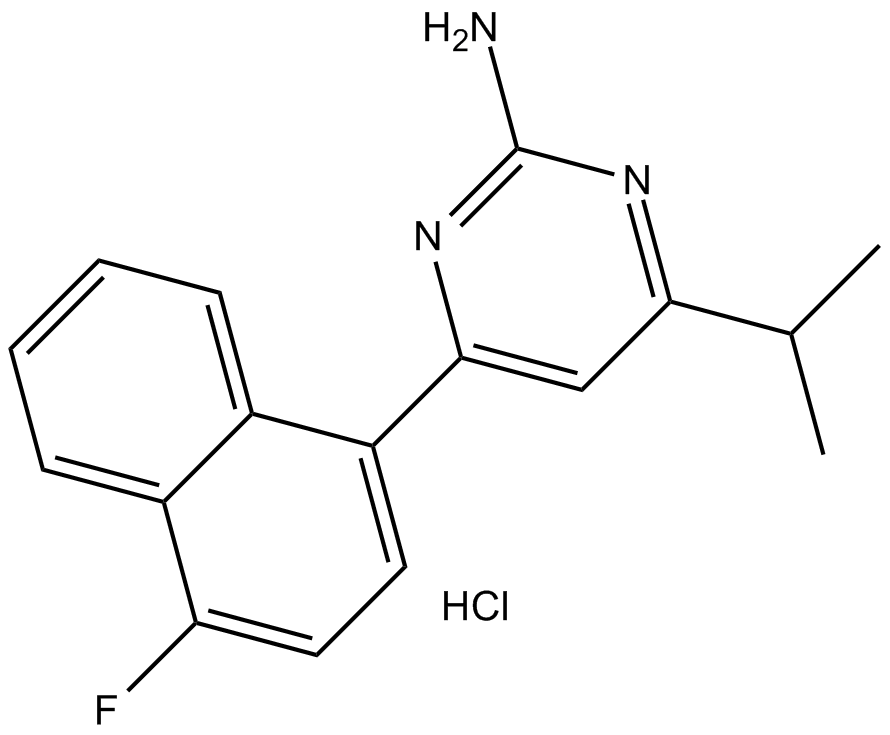 B7848 RS 127445 HClSummary: 5-HT2B receptor antagonist,high affinity
B7848 RS 127445 HClSummary: 5-HT2B receptor antagonist,high affinity -
 C4859 (R,S)-AnatabineSummary: Aβ inhibitor
C4859 (R,S)-AnatabineSummary: Aβ inhibitor -
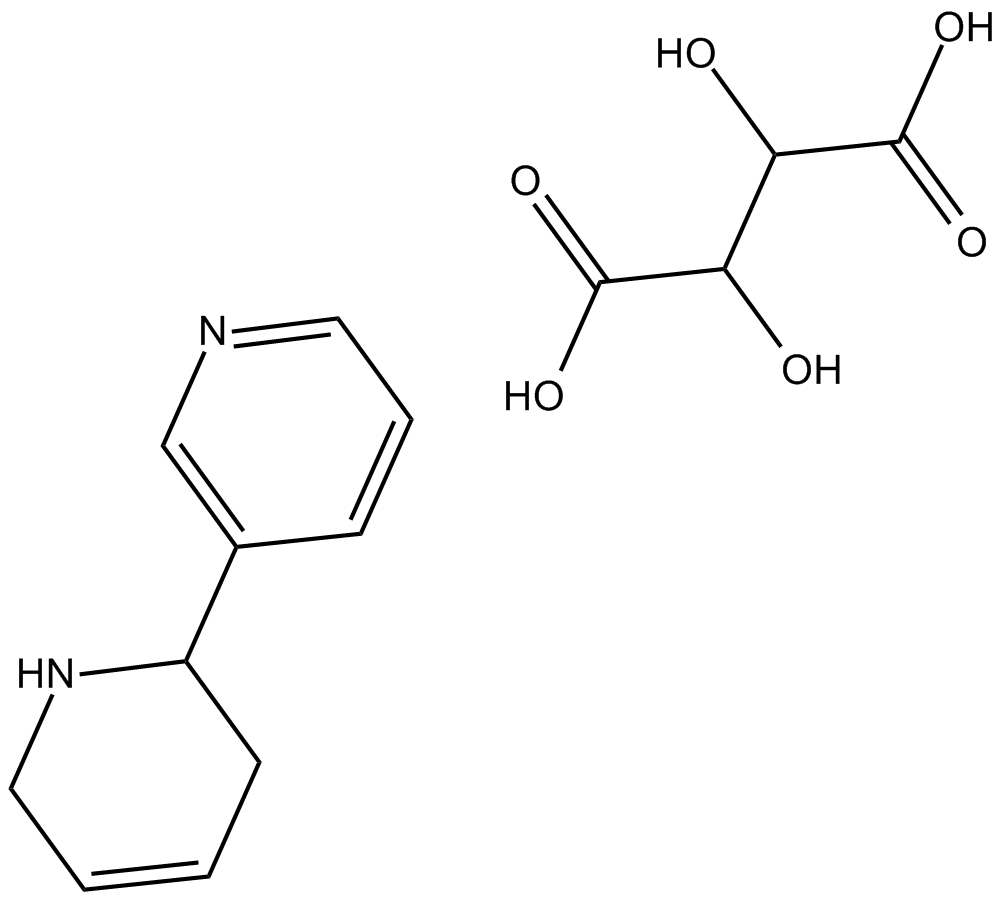 C4888 (R,S)-Anatabine (tartrate)Summary: Aβ inhibitor
C4888 (R,S)-Anatabine (tartrate)Summary: Aβ inhibitor -
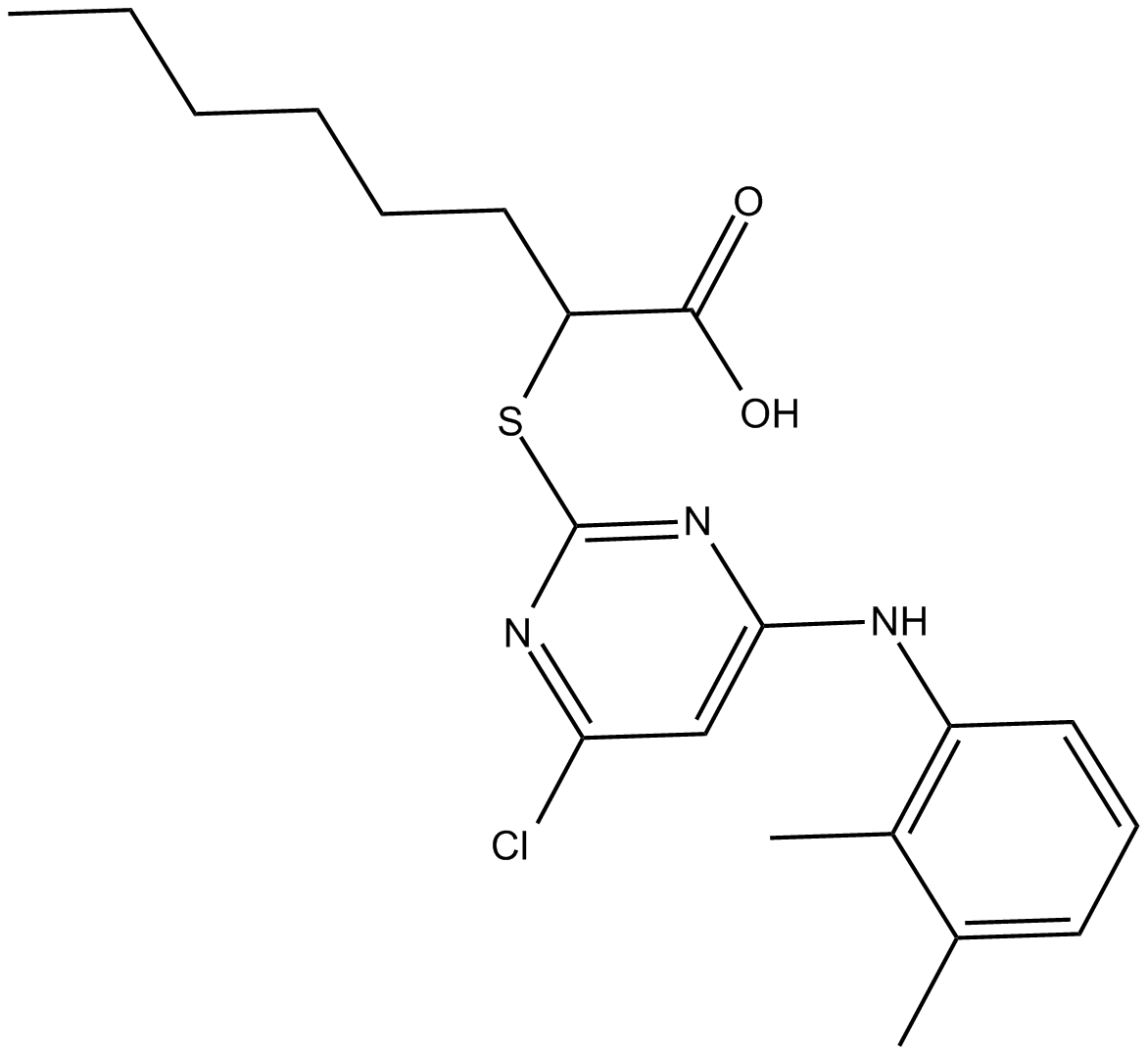 C4930 YS-121Summary: dual inhibitor of mPGES-1
C4930 YS-121Summary: dual inhibitor of mPGES-1 -
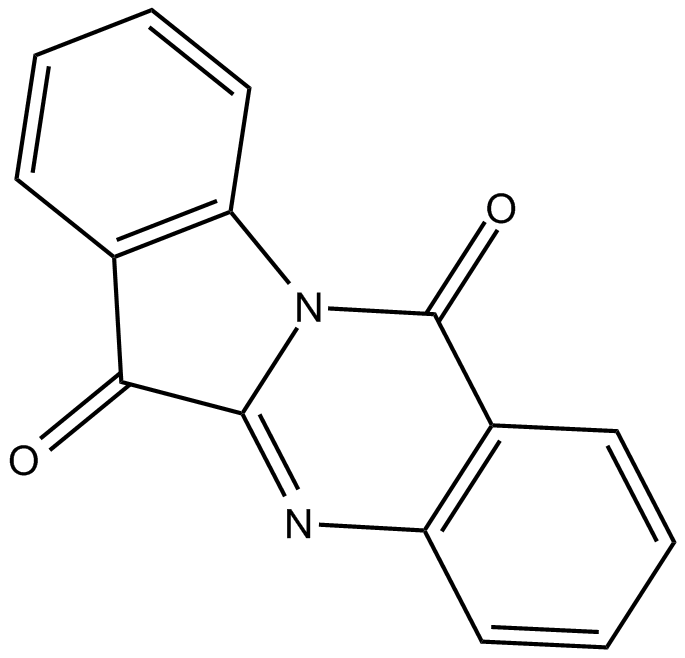 C5029 TryptanthrinSummary: inhibitor of Cox-2 and 5-LO
C5029 TryptanthrinSummary: inhibitor of Cox-2 and 5-LO -
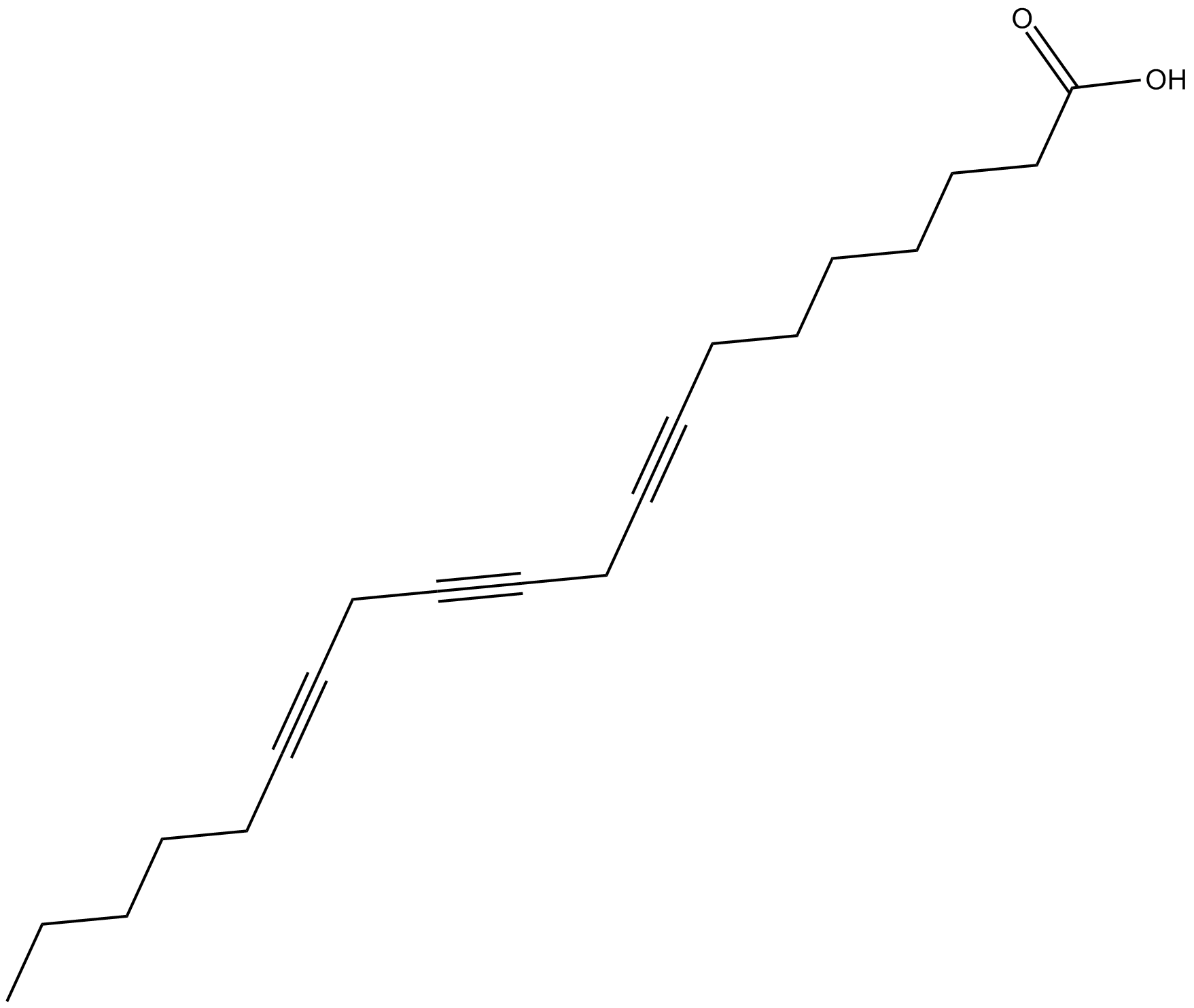 C4940 8,11,14-Eicosatriynoic AcidSummary: A Cox, 12-LO, and 5-LO inhibitor
C4940 8,11,14-Eicosatriynoic AcidSummary: A Cox, 12-LO, and 5-LO inhibitor -
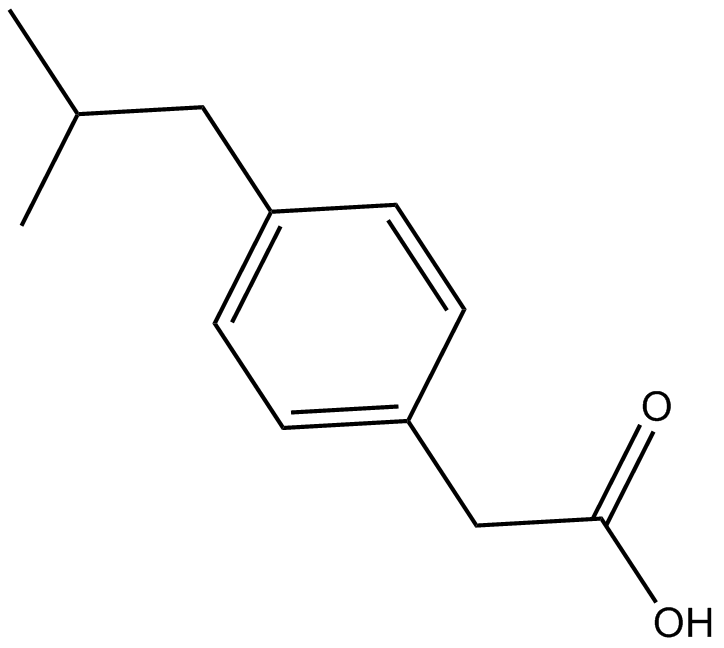 C5048 IbufenacSummary: COX-1 and -2 inhibitor
C5048 IbufenacSummary: COX-1 and -2 inhibitor -
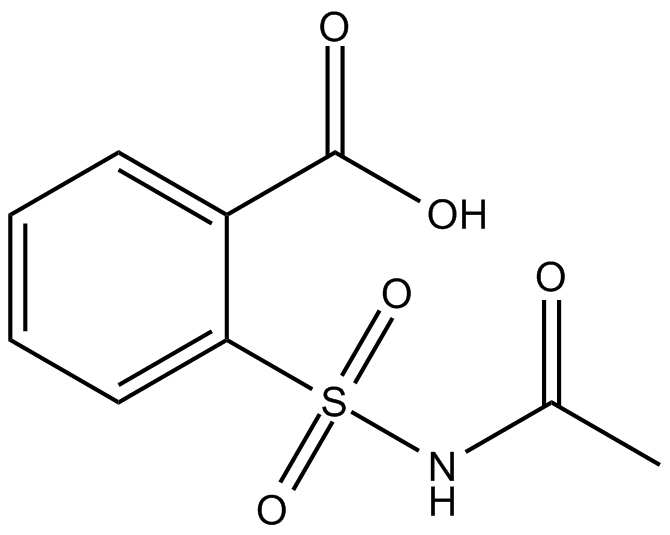 C5074 N-acetyl-2-carboxy BenzenesulfonamideSummary: non-selective inhibitor of COX
C5074 N-acetyl-2-carboxy BenzenesulfonamideSummary: non-selective inhibitor of COX -
 A1121 Melanocyte stimulating hormone release inhibiting factorSummary: MSH release-inhibiting factor
A1121 Melanocyte stimulating hormone release inhibiting factorSummary: MSH release-inhibiting factor

